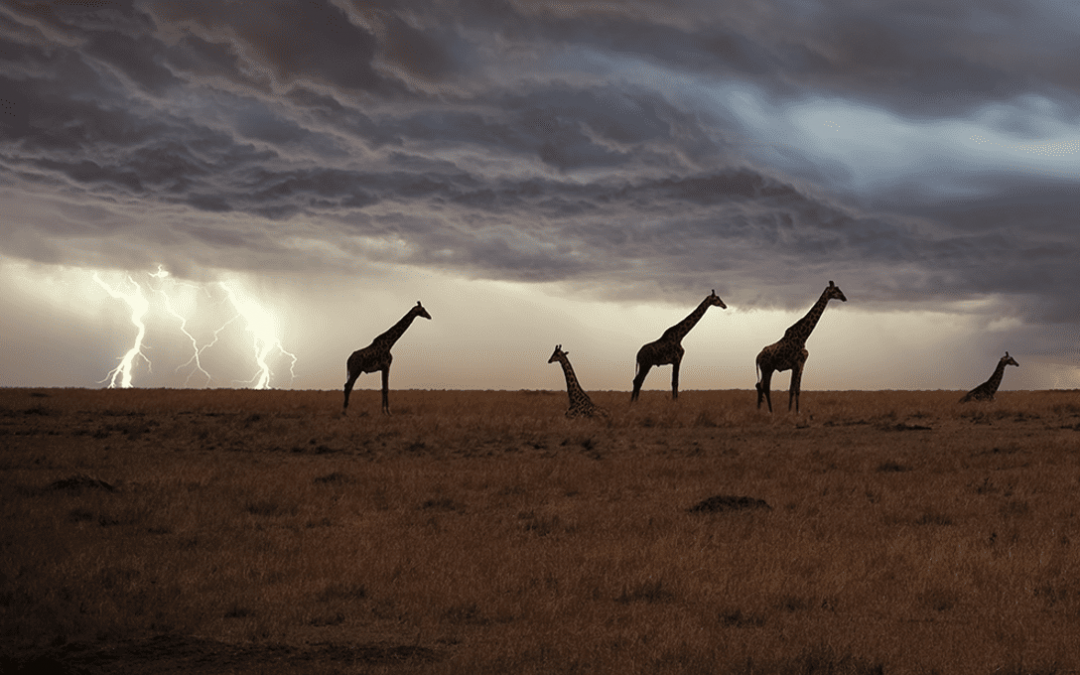Do giraffes get struck by lightning more often than other animals? It’s a question that has been asked for centuries and one that has finally been answered. The answer may surprise you – yes, giraffes are more likely to be struck by lightning than other animals. In this blog post, we’ll explore why this is the case and why giraffes are particularly vulnerable to lightning strikes.
Giraffes are tall animals, standing up to 18 feet tall. This towering height can act as a fatal lightning rod during a thunderstorm, making them particularly vulnerable to lightning strikes. In fact, there have been five documented cases of giraffes being killed by lightning between 1996 and 2010. This is about 0.003 deaths per thousand giraffes per year – more than 30 times the fatality rate for humans in the US.
But it’s not just their height that puts them at risk. Animals with four legs are more vulnerable to ground current, as the energy spreads along the ground after a strike. Lightning goes up one leg and down another, meaning the ground currents travel more easily in their bodies. This is why large numbers of animals can be killed in a single strike – 550 sheep in Georgia in 2021, or 323 reindeer killed in Norway in 2016.
So what can we do to protect giraffes from lightning strikes? Well, according to Ciska Scheijen, a scientist at Rockwood Conservation in South Africa, giraffes may have behavioural adaptions to reduce their chances of mortality from lightning, such as seeking shelter during a thunderstorm or moving quickly to thickly vegetated areas. Unfortunately, observations have not confirmed that giraffes will actually do this.
So there you have it – giraffes are more likely to be struck by lightning than other animals. While there are some measures that can be taken to reduce the risk, the best way to protect these majestic animals is to be aware of the risks and take appropriate action when a thunderstorm is on the horizon.
Source: www.iflscience.com
